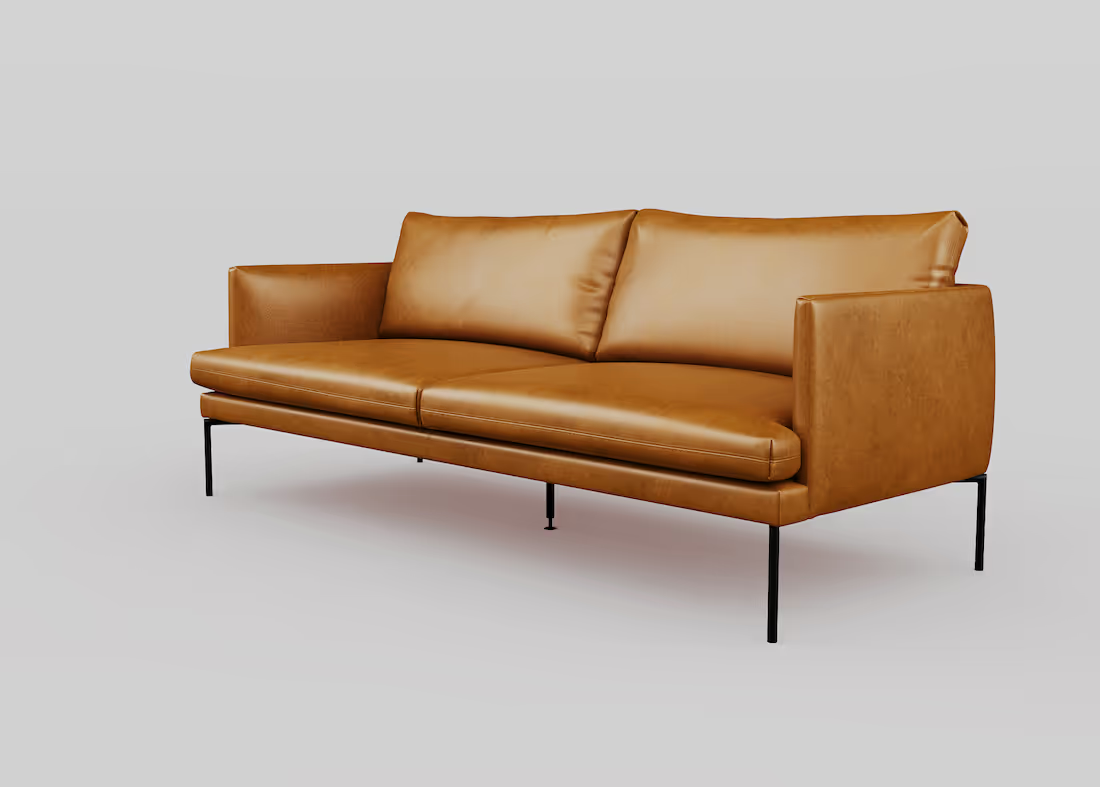In 2005, I was a young marketer working for a company selling niche software to businesses and consumers (CDs and printed manuals in boxes). While the professional product flew off the shelves, the consumer edition wasn't, but the psychology was universal. When consumers hovered over the “Buy Now” button, they weren’t scared of wasting money, they were scared of making the wrong decision.
 Back then, our antidote was reassurance. We leaned heavily on awards, testimonials, and customer reviews - and they worked. A “Best in Class” or "Award-Winning" badge, or a five-star quote, could tip a hesitant buyer into converting.
Back then, our antidote was reassurance. We leaned heavily on awards, testimonials, and customer reviews - and they worked. A “Best in Class” or "Award-Winning" badge, or a five-star quote, could tip a hesitant buyer into converting.
Fast forward twenty years, and the ground has shifted. Awards are everywhere and mean almost nothing. Reviews are gamed, duplicated, or AI-generated. Shoppers are now more skeptical than ever, not just of brands, but of the entire trust economy that e-Commerce has built.
That’s where the concept of pre-purchase remorse comes into play...
What is pre-purchase remorse and why it matters today?
If post-purchase remorse is the regret you feel after buying, pre-purchase remorse is way worse, leading to the hesitation that stops you from buying at all.
“What if it doesn’t look right in my home?”
“What if the color is off?”
“What if the fabric feels cheap?”
In high-consideration categories like furniture, bathrooms, and home décor, these doubts are more than minor friction: they’re conversion killers.
Furniture isn’t just another e-Commerce category. It’s expensive, personal, and logistically complex. It’s also an emotionally loaded purchase that merges aesthetics, practicality, and long-term satisfaction. If shoppers can’t see it, feel it, or trust it, they freeze.
This is why confidence (rather than price or convenience) is the new conversion currency.
How to eliminate pre-purchase remorse before it starts
The goal for modern e-Commerce teams is no longer to sell. It’s to remove uncertainty. To make the shopper so sure that what they’re seeing is what they’ll get, that hitting “Add to Basket” feels inevitable.
Here’s how forward-thinking retailers are achieving that confidence shift through 3D visual commerce.
Bring certainty to imagination with 3D visualization
Static images can’t communicate scale, texture, or detail. But 3D renders and configurable visuals can. A well-designed 3D product visualization experience lets customers explore every curve, stitch, or shade before committing.
When shoppers can rotate, zoom, and see how light plays across the surface, they stop imagining and start believing.

A recent Fixtuur analysis found that products with interactive 3D views convert up to 35% better than those with static imagery. Not because they’re flashier (they are that too), but because they remove doubt.
Replace “hope” with “certainty” through configuration
One of the biggest triggers of pre-purchase remorse is the “hope gap” that feeling of hoping the product will fit, match, or complement.
A 3D product configurator closes that gap entirely. It lets shoppers build combinations (e.g., a sofa with a chaise, an oak table with black legs, a tap with a basin...) and see their unique design come to life.

Every choice becomes visual, not verbal. The shopper no longer “hopes” their vision works - they can see it.
And when people build something themselves, the ownership begins before purchase, not after. That sense of involvement is one of the strongest predictors of confidence.
Use room visualizers and AR to ground imagination in reality
Confidence peaks when virtual and physical merge. Tools like Augmented Reality (AR) viewers allow customers to see furniture in their actual living space to scale, colored, and positioned precisely.
For furniture retailers, this doesn’t just reduce returns; it eliminates “will it fit?” anxiety at the point of purchase.
In the bathroom category, Fixtuur’s data shows that shoppers using AR are twice as likely to complete a checkout, precisely because they’ve removed the final question mark.
It’s no longer a leap of faith. It’s a decision grounded in personal proof.
Blend content and commerce to reinforce emotional assurance
Pre-purchase remorse doesn’t only stem from visual uncertainty. It also comes from contextual uncertainty (i.e., not understanding how a product performs in real life).
Retailers who integrate lifestyle imagery, video storytelling, and in-scene renders show shoppers more than a product, they show purpose.
Adding editorial-style content, customer imagery, or interactive “Design Inspiration” galleries gives each product social credibility that feels earned, not engineered.
Confidence builds when proof feels human, not marketing-manufactured.
Make reassurance the journey, not the destination
Pre-purchase remorse often builds up across the buying journey, not in a single moment.
A shopper might feel confident on the PDP but lose faith in the checkout. Or they might trust your visuals but doubt your delivery promises.
So the antidote must be consistent:
-
Keep 3D assets lightweight and responsive to maintain seamless UX and ensure no slow loading times.
-
Reinforce clarity through every step (dimensions, shipping, assembly, returns).
-
Offer visual confirmations post-purchase (e.g., “Your order looks like this”) to extend confidence into the delivery experience.
Confidence should be a continuous state, not a one-off persuasion tactic.
Turning pre-purchase remorse into a conversion opportunity
Pre-purchase remorse sounds like a threat. But it’s actually an opportunity for differentiation.
In a world where most retailers compete on the same levers (e.g., price, discounting, delivery), trust has become commoditized. The brands that win are those that visualize confidence as well as they visualize products.
Because when shoppers can picture the outcome before they purchase, they don’t need persuasion. They just need permission and the ease to say yes.
In summary
Pre-purchase remorse is real, and it’s growing. But for furniture and home retailers, it’s also solvable.
By using 3D visualization, configuration, and visual, contextual storytelling, e-Commerce teams can build pre-purchase confidence: the antidote to hesitation, the driver of conversion, and the foundation of long-term brand trust.
Want to alleviate pre-purchase remorse?
For more information speak to one of our experts about using 3D visual commerce to alleviate pre-purchase remorse, and improve conversions through choice and confidence.

